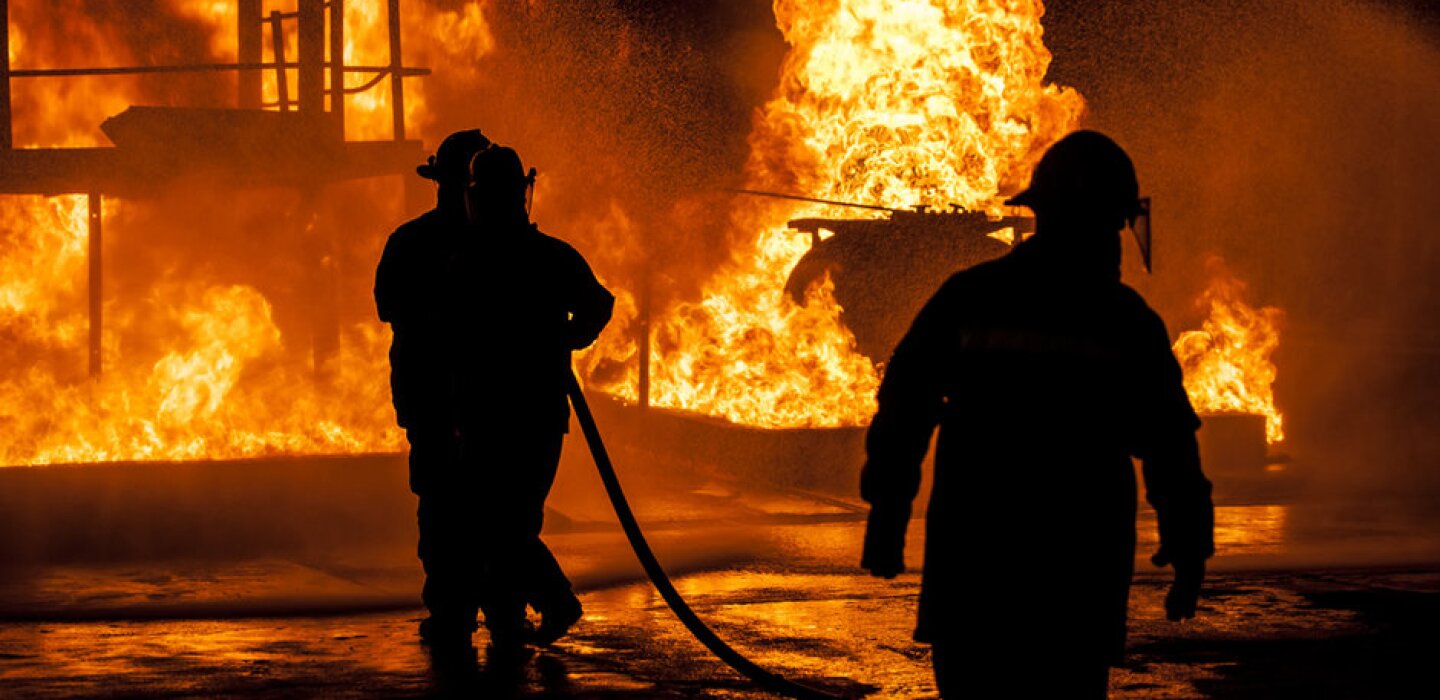
New OSHA Regulations Could Hurt Volunteer Fire Departments
(TNS) — Volunteer fire officials across New York state are concerned about the cost of meeting what would be the largest overhaul in decades of federal safety regulations for firefighters.
The Occupational Health and Safety Administration late last year released its proposed Emergency Response standard, which would set workplace protections for emergency responders such as firefighters and paramedics. It would replace rules from 1980 covering only firefighters.
The new rules would increase training requirements for firefighters, and ensure they receive thorough medical screenings at least every two years. They would also have departments more frequently inspect vehicles and create written plans for responding to emergencies.
The larger time requirement could mean some volunteer firefighters have to drop out, said David Denniston, a Cortland firefighter and a top official with the Association of Fire Districts of the State of New York, in an interview this week with syracuse.com | The Post-Standard. That would be hard for departments already struggling to attract enough volunteers, he said.
The changes also will be costly for fire departments with limited options to raise more money, he said.
More than 1,000 fire departments in New York state are run and staffed by more than 80,000 volunteers. In Onondaga County there are more than 50 volunteer departments. Paid fire departments cover most cities while suburban and rural areas are typically covered by volunteers.
Training can vary for volunteer firefighters, according to Denniston, a third-generation firefighter from Cortland County. He said they are often only taught about the specific tasks they do — working inside or outside a structure fire, or even just driving a fire engine to an incident.
It’s not clear how much training would be required under the draft rules, Denniston said, but he thinks it could be as much as double the 124 hours he currently puts firefighters through. That would be around the same as the minimum 229 hours needed to be certified as a professional firefighter in New York state.
Denniston and other volunteer fire officials from New York state held a news conference Wednesday morning at the OnCenter in downtown Syracuse about the proposed rule changes.
Federal officials have worked for more than a decade to write the draft regulations.
Denniston said he agrees with OSHA that improvements are needed to firefighter safety rules. But he also thinks the proposed regulations are not doable for small departments.
“We agree that a lot of the stuff that’s in there is good,” he said. “There’s some things in there that we don’t think OSHA has proven how that would really affect firefighter safety.”
Career firefighter groups have welcomed the proposed rules. An official with the IAFF firefighter union testified at a U.S. House subcommittee hearing this month that “just because it’s costly doesn’t mean we need to shy away from safety.”
An OSHA spokesperson said in a statement that the agency proposed the rule to try and better protect emergency responders from cancers and other hazards that have made the profession so dangerous. The agency is also planning to hold a multi-day hearing to gather more input.
The state Office of Fire Prevention and Control is closely reviewing the proposal, according to spokesperson Chet Lasell. He said it’s working to ensure firefighter safety “without compromising the ability of departments to operate.”
While the core section of the rules is about 40 pages long, OSHA has also decided to incorporate about 20 standards from the National Fire Protection Association.
The documents, which can run into the hundreds of pages, are considered to be the best-in-class practices for firefighters, according to Chris Dubay, the NFPA’s vice president for engineering and research. He said the standards are meant to reflect consensus among both volunteer and career firefighters, training academies and other groups.
Dubay said some local fire departments already implement part or all of some NFPA standards. They can tweak some sections if they choose, and OSHA could do the same, he said.
Denniston said smaller departments, due to tighter budgets and fewer people, would likely not be able to meet all of these standards. It would be better if OSHA instead picked out the parts it considers most essential and listed them directly, he said.
He said one standard not mandated by OSHA would require fire vehicles to come to a complete stop at intersections, which could help prevent crashes. Vehicle collisions were the second-leading cause of firefighter fatalities in 2022, according to statistics from the U.S. Fire Administration.
Fire services can be structured in several ways in New York state, but many are organized into fire districts run by an elected board of fire commissioners. Districts are almost entirely dependent on local property taxes for their budget; half brought in $500,000 or less in revenue in 2022, according to data from the state comptroller’s office.
The federal government has grant programs to help pay for firefighter training and equipment, though they have been cut in recent years despite a large number of applications.
Districts also face a spending limit under state law, though it can be raised by voters through a ballot referendum. Denniston said he is concerned that, like with school district budgets, voters could choose to sink a budget that includes a tax increase or increased spending.
Denniston emphasized he is in favor of doing anything possible to help improve firefighter safety, but wants to make sure the finalized OSHA rules are attainable for departments.
“We’re kind of like owner-operators,” he said. “We’re doing the fire fighting, we’re doing the job. But we’re also trying to figure out where the funds are coming from, and then ultimately we’re the taxpayers in these areas that are paying for all of this, as well.”
©2024 Advance Local Media LLC. Distributed by Tribune Content Agency, LLC.


Average Rating